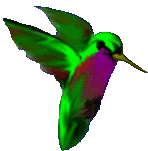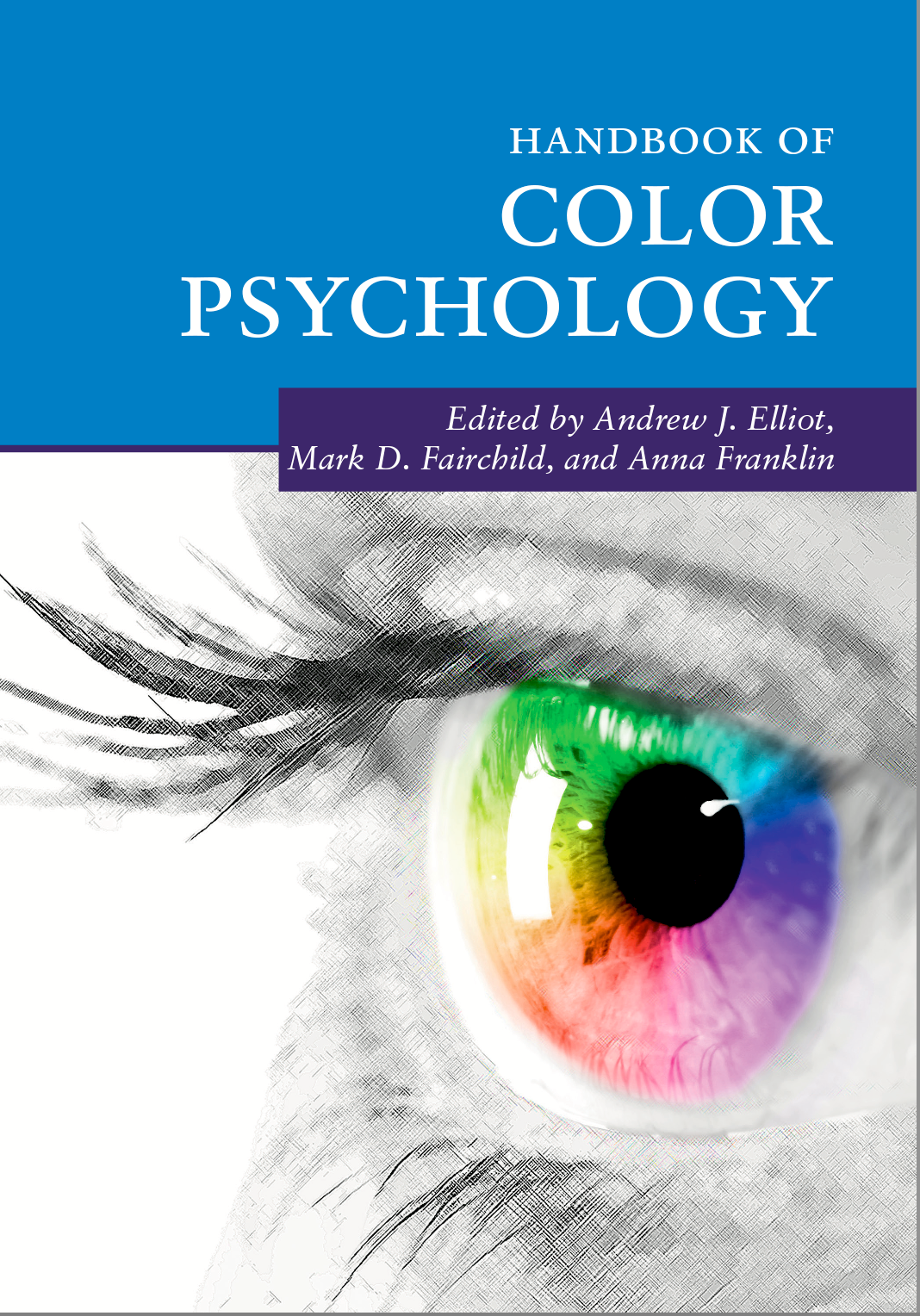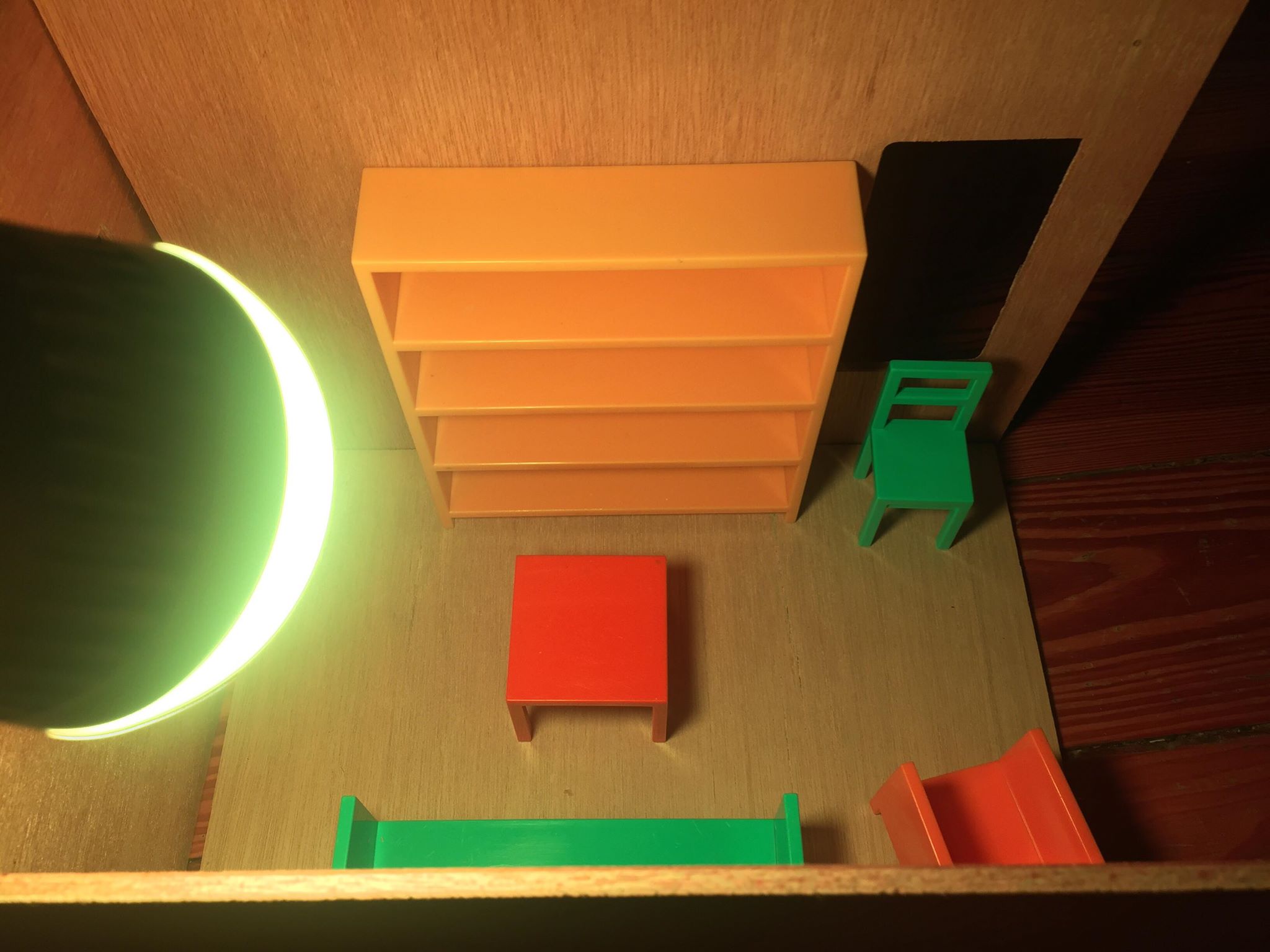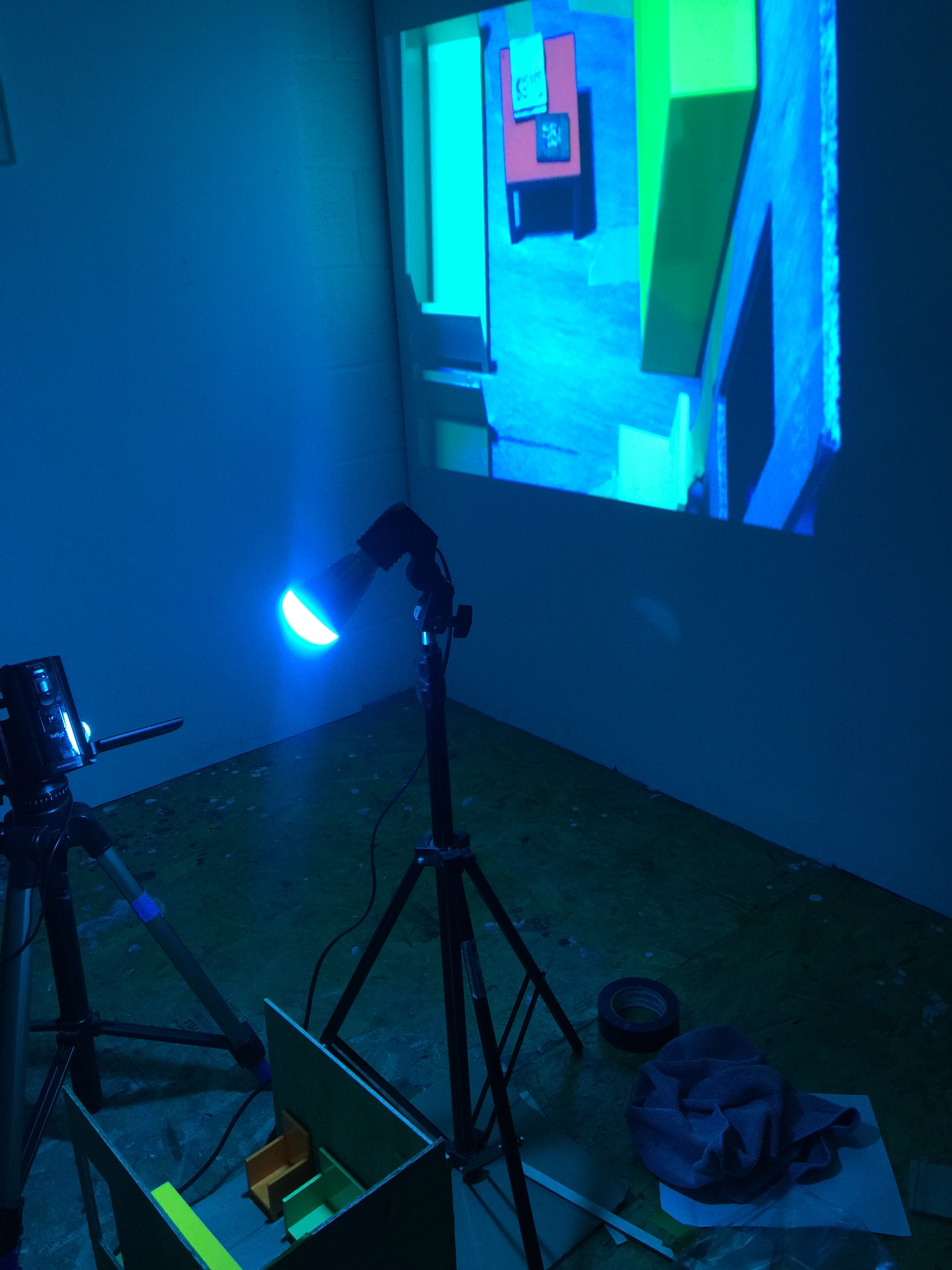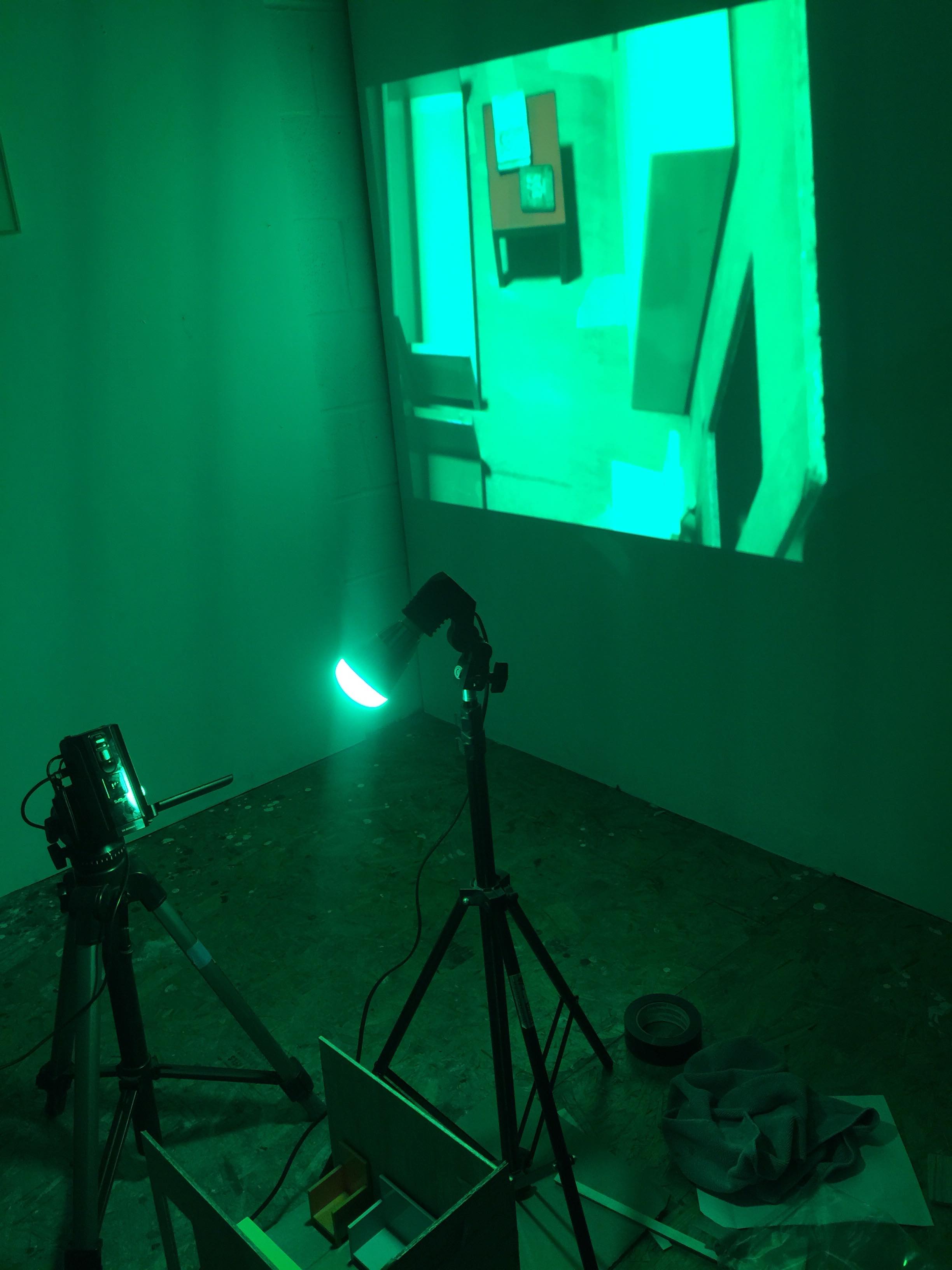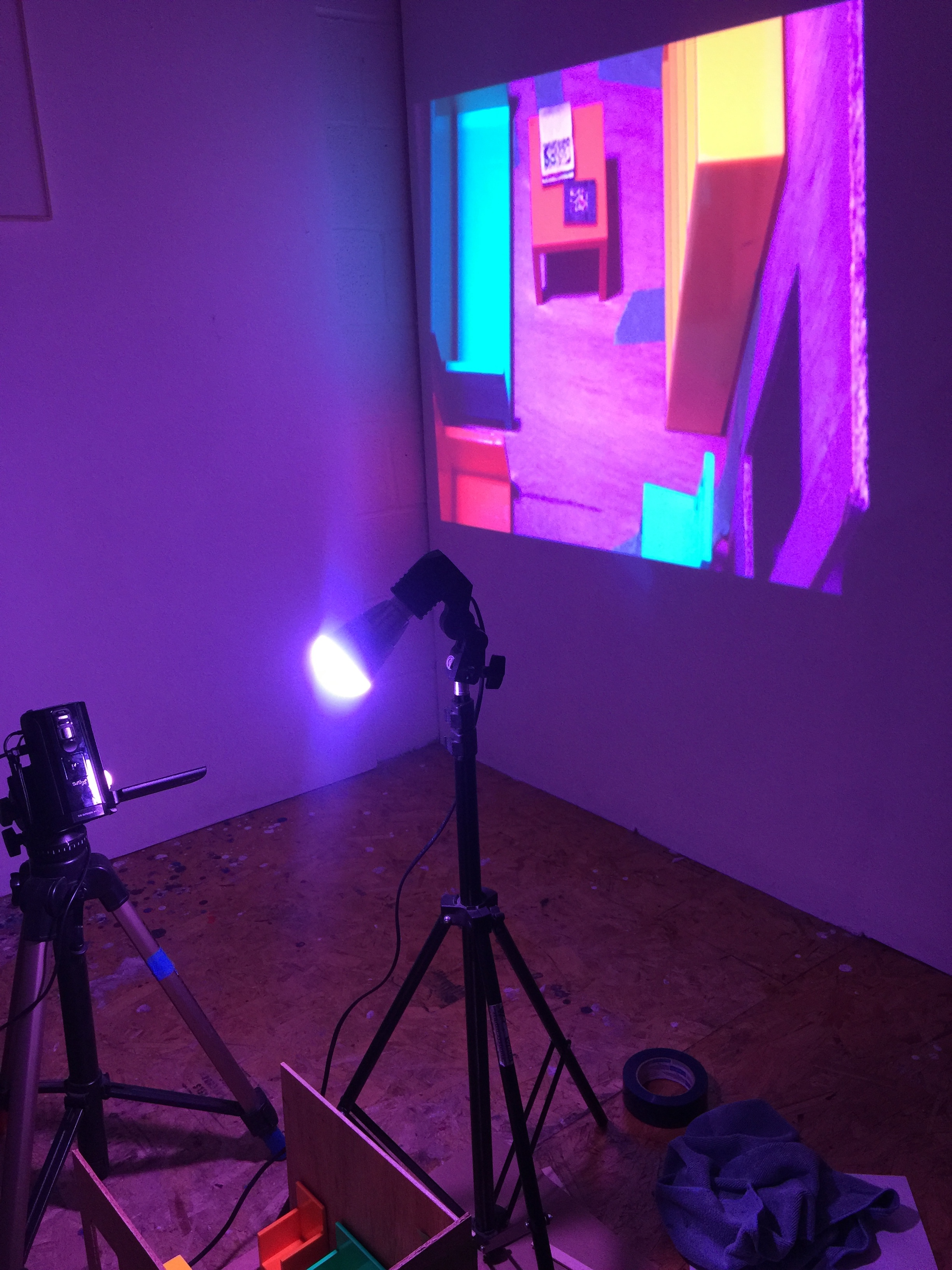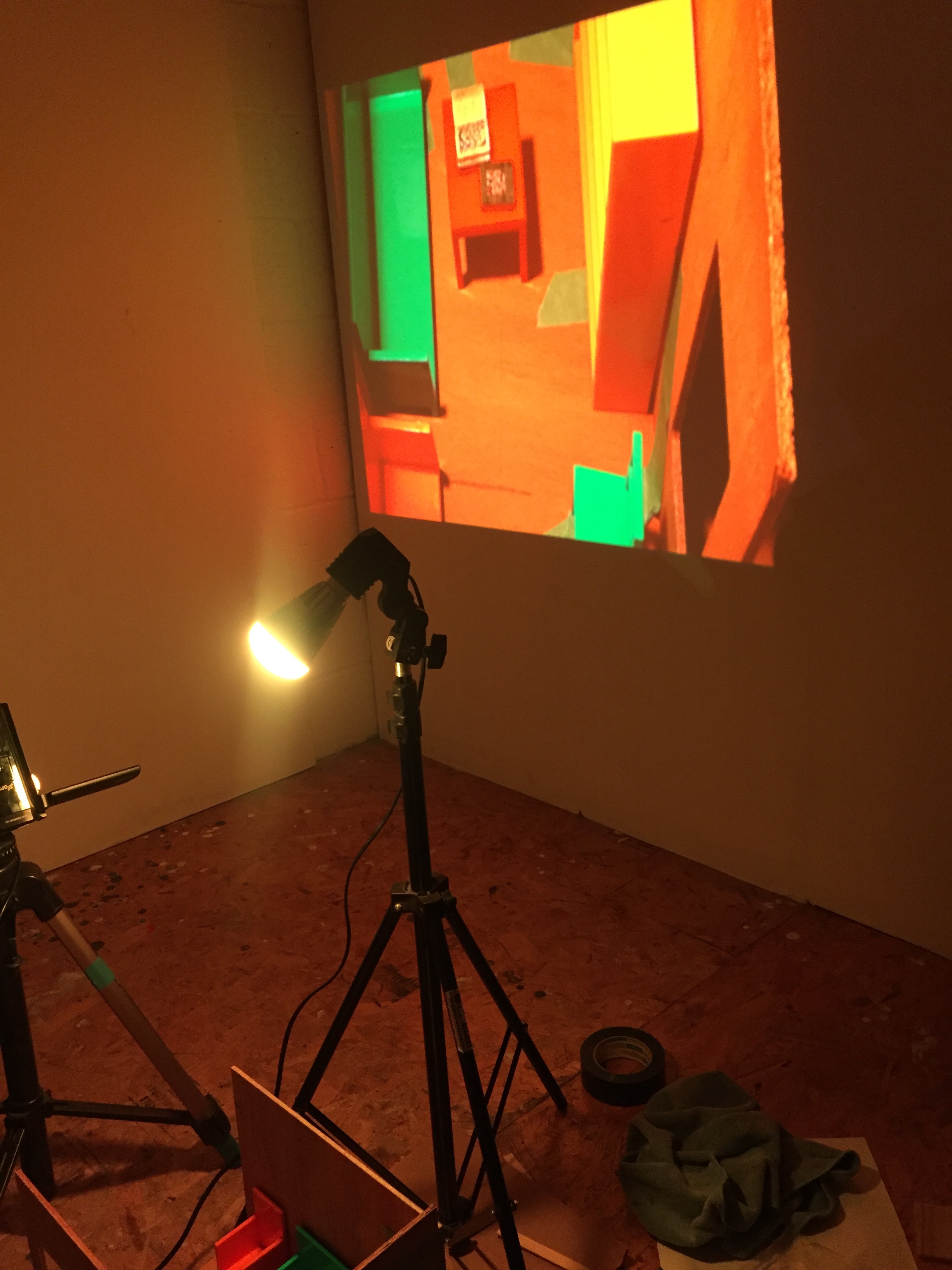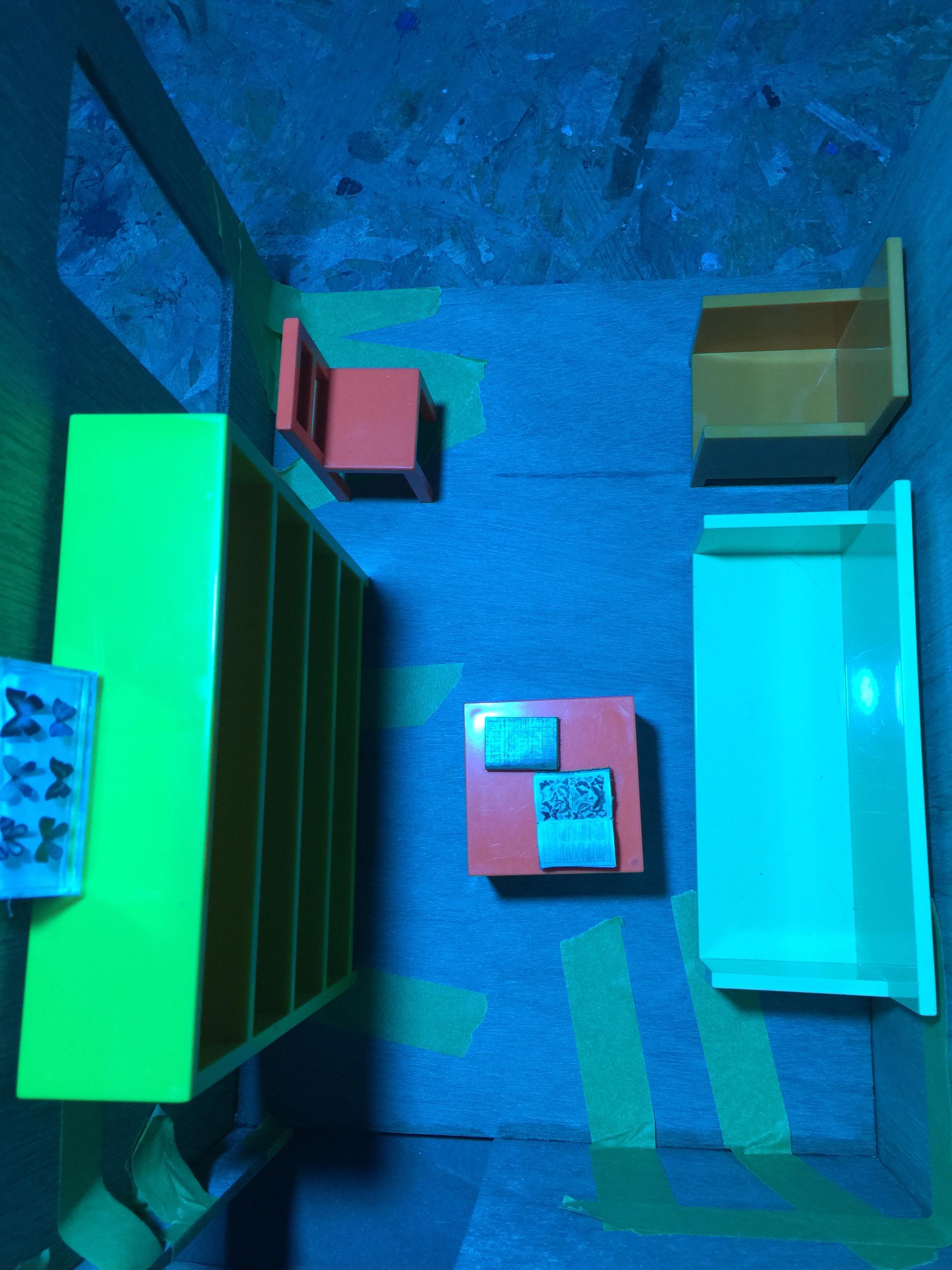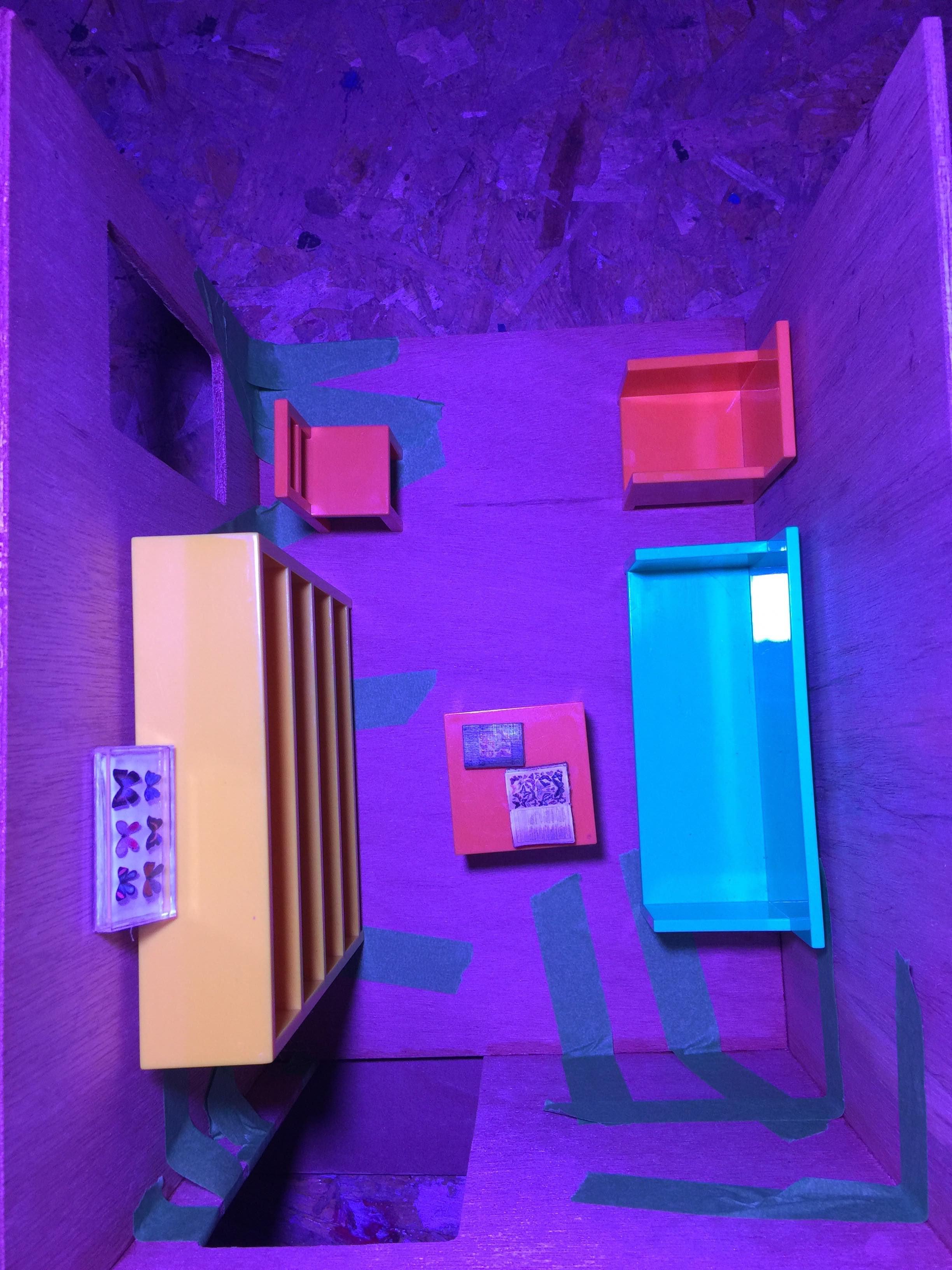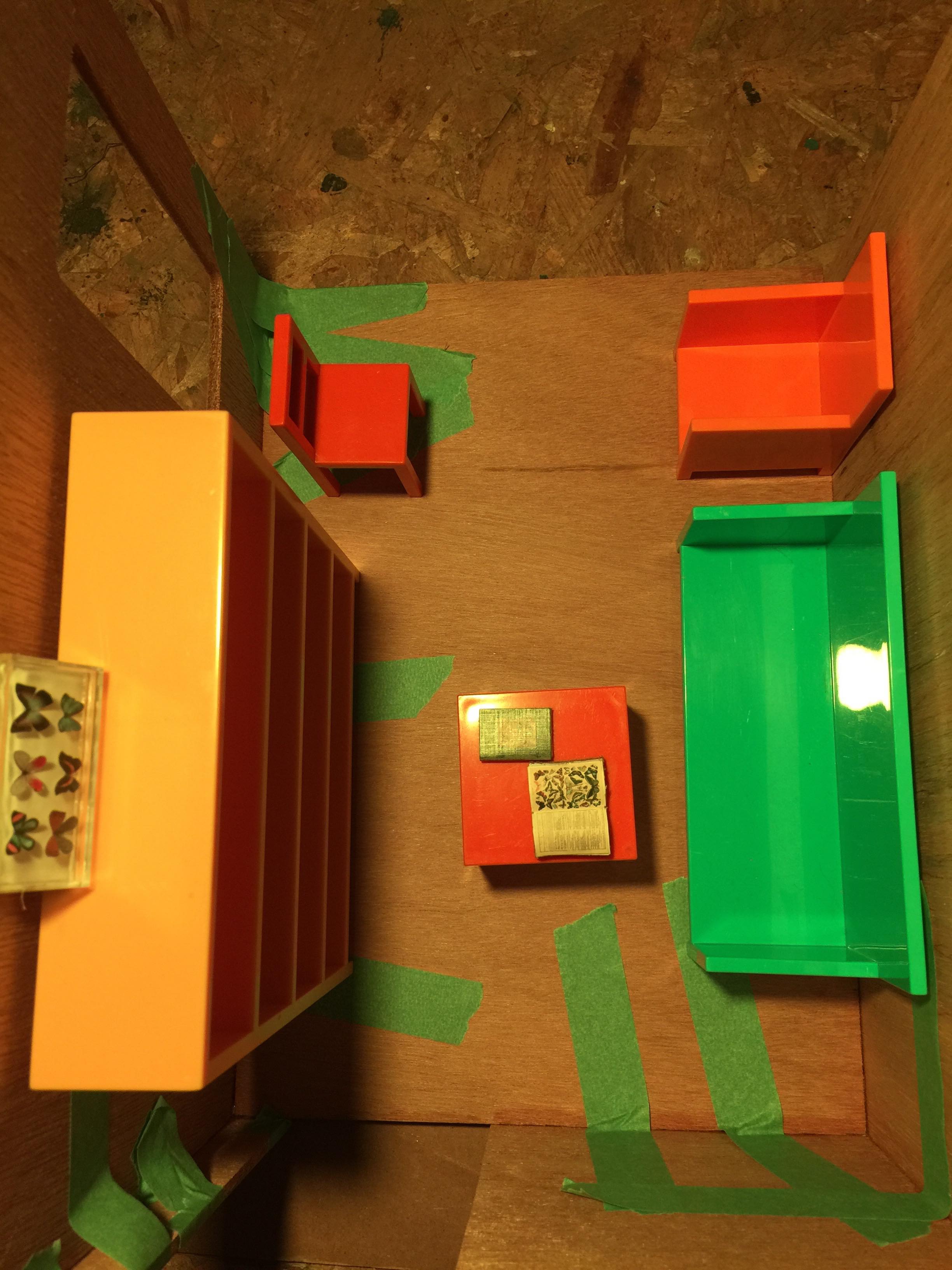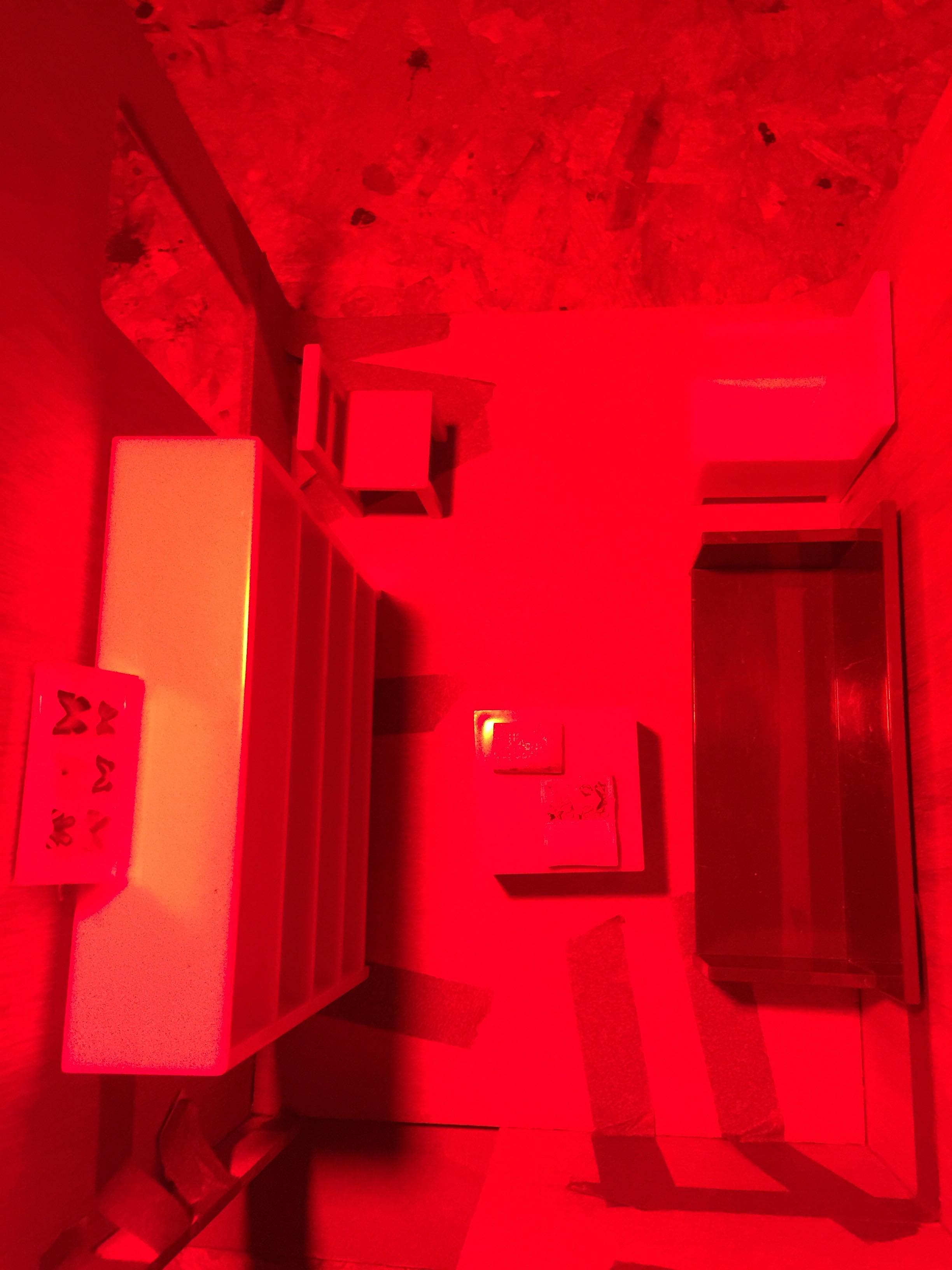1. A description of your project.
I originally was planning on proposing a public installation/sculpture of two rooms, one a living room with warm lighting, and the other one the an office space or corporate lab environment with cold lighting. Possibly the colors would be exaggeratedly saturated yellow and blue-tinged. In each room, there would be experiments happening regarding color and light; some D.I.Y. experiments in the living room, and highly scientific experiments in the lab, both tracking the effects of light on humans.
However, I got feedback from a couple of people I interviewed that it would perhaps be more interesting to isolate certain colors/wavelengths in just one room rather than having two rooms, and have the lighting change back and forth to highlight the differences, in part to highlight a psychological change (maybe) that the colored light change causes but also to show how the different light bulbs change the perceived color of everything in the room.
So now I am thinking of making a prototype for a hypothetical art piece in ONE room, with different colored lights changing to light the room.
There will also be a miniature library of science books, and an open book about butterflies, and one about nature, and different colors of furniture. The different colors of light in the room will be really apparent by how they change the perceived colors of objects in the room. Instead of buying Dichroic filters, which Eric Rosenthal told me about (I would like to try those at some point), I will use colored gels to simulate isolating certain color at certain wavelengths. I am thinking James Turrell meets Laurie Simmons type diorama with lighting. I also just saw this artist’s work on Instagram and am very intrigued by this style, it is kind of similar to what I am thinking about for the prototype, though maybe more zoomed out, showing colored light inside from the outsides of buildings.
The general idea is to encourage questioning of perception of color, the “real” color of things, and mindfulness of your surroundings. Maybe this is too obvious? But I think there could be a way to show that in a way that makes you see it from another angle? I still need help with the message, but am closing in on an initial form.
2. A concise project research question(s) and plan for discovery (i.e., which papers/books, which interview subjects, and what forms of experimentation)
Some Books
Also some clinical trials which are listed in my research post below.
2. Who will engage with your project: how, where, and why?
It would ideally be a public installation for anyone, probably in a city though, or an outdoor art space in a place that is frequented by many people (such as a public garden), maybe during the winter temporarily with heating. It could be a place to get warm and read/do research in a very public place. Perhaps it would be somewhere where people are often moving through very frequently and quickly, like Times Square, or outside of a subway station. Probably one wall would be transparent so that others outside can see you inside.
3. What do you want your project to DO?
I want it to encourage people to be more mindful of their surroundings/perception. I haven’t decided if cold light is “bad” for us and warm light is “good” for us or if I would like to frame it that binary way. Instead I would like to just point out different modes of perception of color and space as a way of drawing attention in general to our surroundings, and to how color and light affects our perception and perhaps also our psychology, most often subconsciously, by highlighting it very obviously. As for a call for action, I’m not sure. Maybe the participant would choose their lighting differently in their home or working space.
Plan your remaining 4 weeks and schedule it
This week: I ideated on the final form it will take and acquired materials for building the maquette of this hypothetical installation. It will be a little room with (at least) two different lights shining into it at changing intervals, yellow to blue to follow the warm/cold light theme, or cycling through colors.
Next week: Assemble maquette. Figure out lighting.
Following week: Create a presentation to go with the maquette to describe my process and the “why.”
Q: Have you interviewed your experts? Transcribed the interview yet?
I have interviewed two artists working in public art, Julia Vogl and Graham Coreil-Allen, and took extensive notes. I also recorded and have transcribed an interview with Eric Rosenthal on color perception. I also spoke with Tom Igoe on the technicalities of lighting technology but did not record it, however he recommended that I read a few books, and I took notes. I did not hear back re: neuroscience and art but have downloaded some books on the subject (which are shown above.) I am continuing to look at clinical trials on warm and cold/blue lighting.
Prototype - Stage 2
These images are missing the details which will come later…such as the science books, etc, perhaps a figure representing a human, and the pieces being fully assembled/glued, and the light mounted somehow or hung on a stand (or, possibly, LED.) Another option like I mentioned before is to use colored gels and just have regular white lights shining through them. But the bare colored bulb suspended above somehow does the trick and perhaps is most direct.
Update 11/29:
These are photos of the expanded installation with a blow-up/projection of the miniature room on the wall behind it. The color variation is even more pronounced in the digital video, which I learned (from my chat with Eric Rosenthal) is also created in the opposite way of how we see (each pixel has 2 greens, 1 red and 1 blue.) So my point is actually highlighted further in the digital image, which could make the project also address how color in digital imagery is off even further than objects under light in reality. I need help tying this all together for TEx, so it will be helpful to meet with a feedback group today.
